Piero di Cosimo
1462, Florence – 1521, Florence, Italy ♦ Simonetta Vespucci (1453–1476) ♦
The young woman in Piero di Cosimo's painting wears an elegant braided hairstyle in the style of a donna: a complex arrangement of braids, decorated with pearls and interwoven with strings of pearls. Her high forehead is shaved according to the fashion that was in vogue in Italian and Dutch aristocratic circles in the last quarter of the 15th century.
There is a certain melancholy in the repetitive shapes of the evening clouds, with which the painter may have wanted to evoke the mood that prevailed after this woman's early death.
She died of tuberculosis in 1476, at the age of 23.
The dead tree on the left of the painting also refers to this. This symbol of death is often found in the background of Italian Renaissance landscapes.
The motif is echoed in the snake writhing around her necklace.
♦ Diagnosis
Key symptoms: Pubertal breasts, no areola. The nipple and areola do not form a separate mound.
Secondary symptoms: Young noblewoman.
Clinical diagnosis: Delayed breast development due to oestrogen deficiency.
♦ Definition: Tanner(1) stages and breast development
Stage 1: prepubertal breast; only elevation of the nipple
Stage 2: breast bud palpable and enlarged areola; 8.9-12.9 years (10.9 on average)
Stage 3: elevation of breast contour; areolae; age 9.9-13.9 years (11.9 on average)
Stage 4: areolae form a second mound on the breast; age 10.5-15.3 years (12.9 on average)
Stage 5: mature breast contour, areolae disappear into the general breast contour
♦ Discussion
Simonetta Vespucci was born Simonetta Cattaneo in 1453. Her place of birth is uncertain. Some say she was born in Porto Venere, the place where the goddess Venus was born. Others say it was in Genoa.
At the age of fifteen, she married Marco Vespucci, a distant cousin of Amerigo Vespucci, after whom America is named. Through the Vespucci family, she came into contact with famous painters of the time. Among others, she modelled for Botticelli. Her beauty inspired his painting The Birth of Venus and other allegorical paintings.
Her face was the model for the Virgin Mary in various religious paintings.
She was the passion of the great Medici family and may have been the mistress of Prince Lorenzo de Medici (Lorenzo il Magnifico). But Lorenzo's brother Giuliano also desired her.
Unfortunately, she contracted tuberculosis (see microbe canvas Mycobacterium tuberculosis), from which she died on 26 April 1476. It was not until nine years after her death that Botticelli completed the painting The Birth of Venus.
There is some debate about the symbol of the snake coiled around her necklace.
Giorgio Vasari saw it as an allusion to Cleopatra, who, according to Plutarch, died from the bite of an apis snake.
According to Schmeider(2), however, the snake is more likely a reference to Egyptian hieroglyphic symbolism. In the mythography of late classical antiquity, the snake biting its own tail represented eternity or the self-rejuvenating cycle of time. That is why the symbol was associated with the gods Janus, the god of the new year, and Saturn (Kronos, often confused with the god of time, Chronos) or “Father Time”.
In the accompanying inscription, Simonetta is described as Ianuensis (devoted to Janus). The snake was also the symbol of prudentia (prudence).
Perhaps Simonetta is being praised here for her wisdom.
(1) Tanner J.M., Davies P.S., Klinische longitudinale normen voor lengte en lengtegroei bij Noord-Amerikaanse kinderen, J. Pediatr 1985; 107:317-29
(2) Schmeider N., De kunst van het portret. Benedikt Tascher Verlag, Keulen, Duitsland, 1994
Source: Jan Dequeker
The artist and the doctor look at paintings
Breast development (delayed)
References
Jan Dequeker
The artist and the doctor look at paintings
Photo's
Wikipedia.org
Wikimedia.org
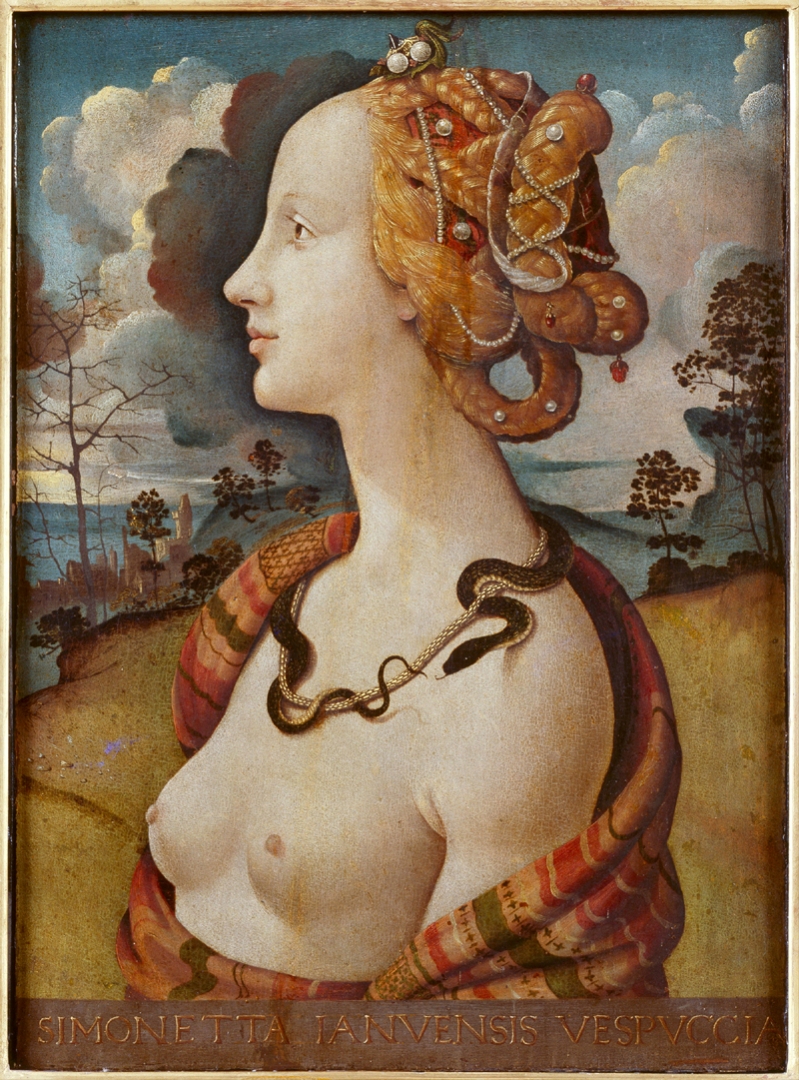
Art lijst
Schilderijen
- Bosch, Hieronymus – The Peddler
- Bosch, Hieronymus_The Haywain triptych
- Botticelli, Sandro_Primavera / Spring
- Brueghel the Elder, Pieter – The Tower of Babel
- Campin, Robert — Mérode Triptych
- Courbet, Gustave_The painters Studio
- Dali, Salvadore_The Temptation of Saint Anthony
- Dou, Gerard_de Kwakzalver
- Eyck van Barthélemy_Stilleven met boeken
- Fra Angelico_Annunciatie
- Géricault, Théodore_Vlot van Medusa
- Magritte, Rene_Verboden af te beelden
- Matsys, Quinten_De geldwisselaar en zijn vrouw
- Memling, Hans_Twee paarden in een landschap
- Onbekend-16e eeuw_4 gedaantes van een arts
- Picasso, Pablo_Guernica
- Rembrandt_Abraham en de drie engelen
- Rembrandt_Elsje Christiaens
- Velazquez, Diego_Las Meninas
Schilderijen en de dokter
- Agenesia Sacrale (a rare congenital disorder in which the fetal development of the lower spine)
- Alopecia areata (hair loss)
- Arthrogryposis congenita (birth defect, joints contracted)
- Artritis psoriatica (inflammatory disease of the joint)
- Artritis reumatoïde
- Breast development (delayed)
- Bubonic plague
- Difterie (kroep)
- Gigantisme & Acromegalie
- Hazenlip (cheiloschisis) / gespleten gehemelte
- Herpes zoster (gordelroos)
- Hongeroedeem
- Influenza Epidemic of 1858
- Keisnijding
- Krankzinnigheid - Malle Babbe (1640)
- Kropgezwel (struma)
- Lepra
- Liefdesziek, zwangerschap
- Lymfkliergezwel (lymfoom), non-Hodgekin
- Manische Depressie Psychose
- Mazelen? / Rubeola? (acute virale infectie)
- Melanoom of naevus (geboortevlek)
- Membraneuze glomerulonefritis
- Moord (pneumothorax, slagaderlijke bloeding)
- Neurofibromatose
- Oogoperatie
- Osteoartrose / hallux valgus
- Osteomyelitis
- Otitis media (acute middenoorontsteking)
- Parotitis (mumps)
- Platvoet en Spitsvoet
- Polio
- Prepatellaire bursitis
- Progeria
- Pseudohermafroditisme
- Pseudozwangerschap
- Psychoneurose (acute)
- Rachitische borst
- Reumatische koorts (acute)
- Rhinophyma of knobbelneus
- Rhinophyma rosacea_depressie
- Rhinoscleroma
- Schimmelziekte_Favus
- Syfilis (harde 'sjanker')
- Tandcariërs
- Tuberculose long
- Ziekte van Paget
Schilders
Historie lijst
- 1632-1723_Antonie van Leeuwenhoek
- 1749-1823_Edward Jenner
- 1818-1865_Ignaz Semmelweis
- 1822-1895_Louis Pasteur
Wetenswaardigheden lijst
- 1887 Psychiatric Hospital
- Animals on duty
- Bizarre advice for parents
- Bloodletting
- Bloodthirsty Hungarian Countess Elizabeth Báthory (1560–1614)
- Butler escaped punishment three times.
- Dance mania / Saint Vitus Dance
- Doctors’ advice did more harm than good
- French Revolution Louis XVI
- Frontal syndroom (Phineas Gage)
- Heart disease (Egyptian princess)
- IJstijd (kleine)_1300-1850
- Ivan IV de Verschrikkelijke (1530-1584)
- Kindermishandeling
- Koketteren met koningin Victoria
- Koningin door huidcrème vergiftigd
- Kraambedpsychose (Margery Kempe)
- Massacre in Beirut
- ME stonden bol van de seks
- Mummie bij de dokter
- Plee, Gemak of Kakstoel
- Prostaatkanker (mummie)
- Sexhandel in Londen
- Swaddling baby
- Syfilis was in de mode
- Testikels opofferen
- Tropische ziekten werden veroveraars fataal
- Vrouwen als beul in WOII
- Wie mooi wil zijn moet pijn lijden
- Zonnekoning woonde in een zwijnenstal

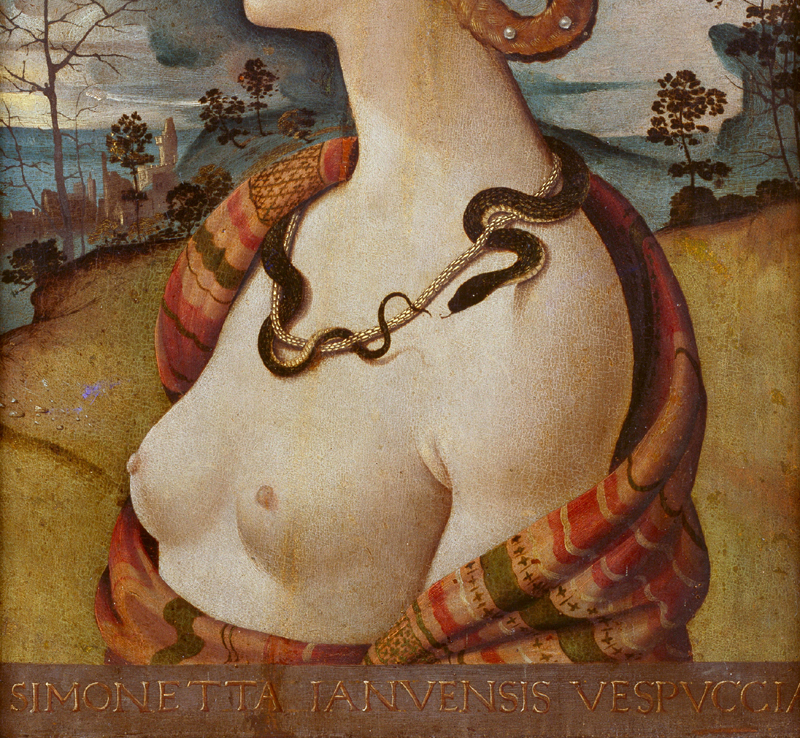
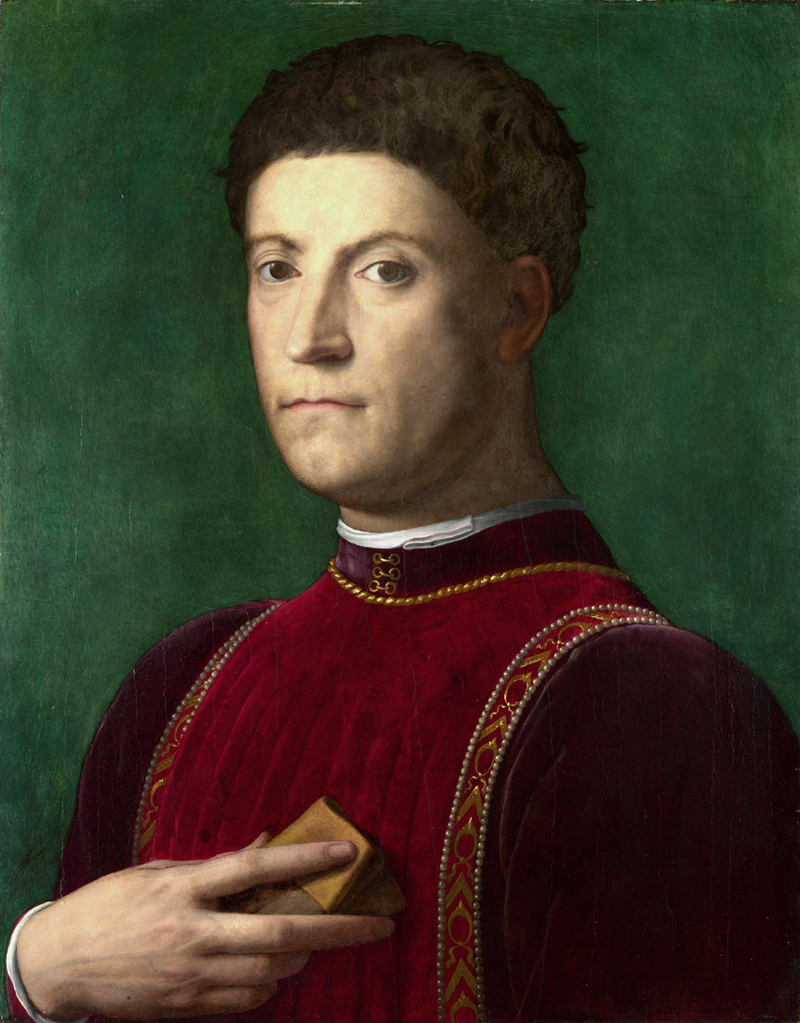
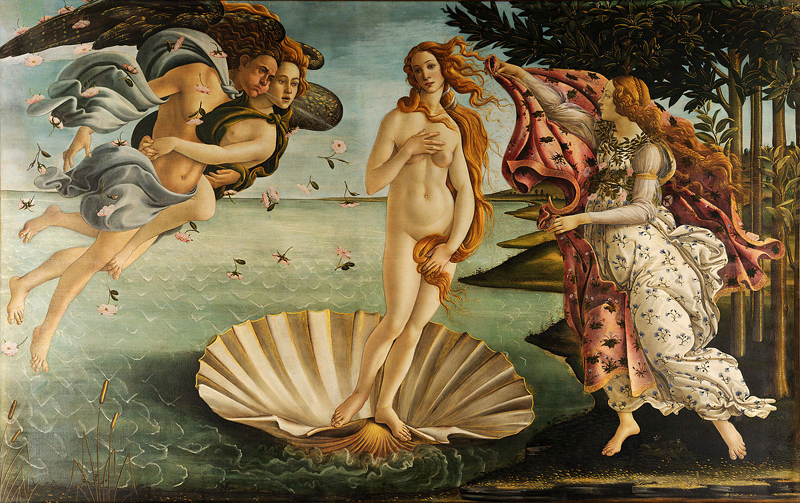
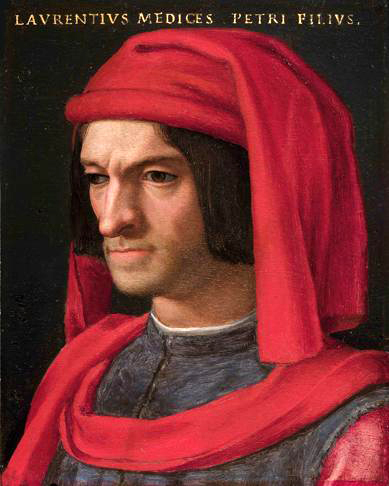
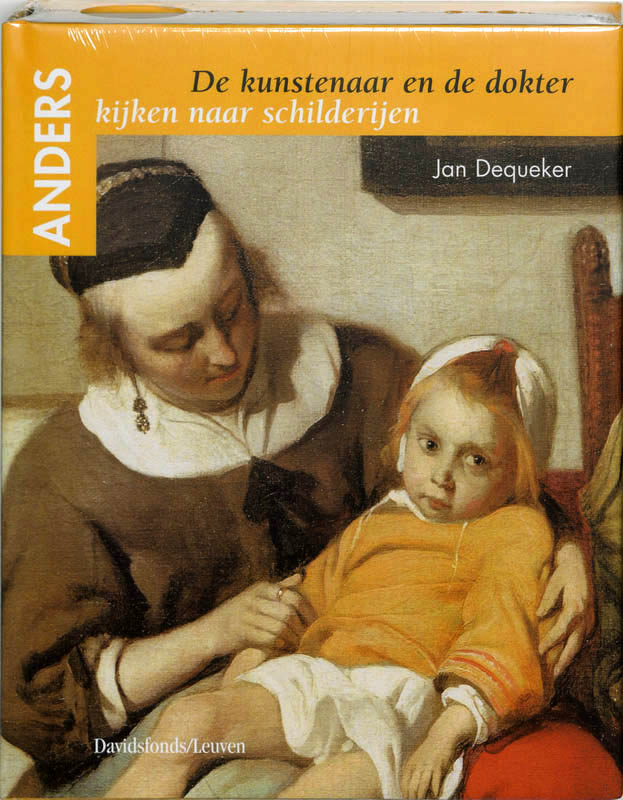

.jpg)
